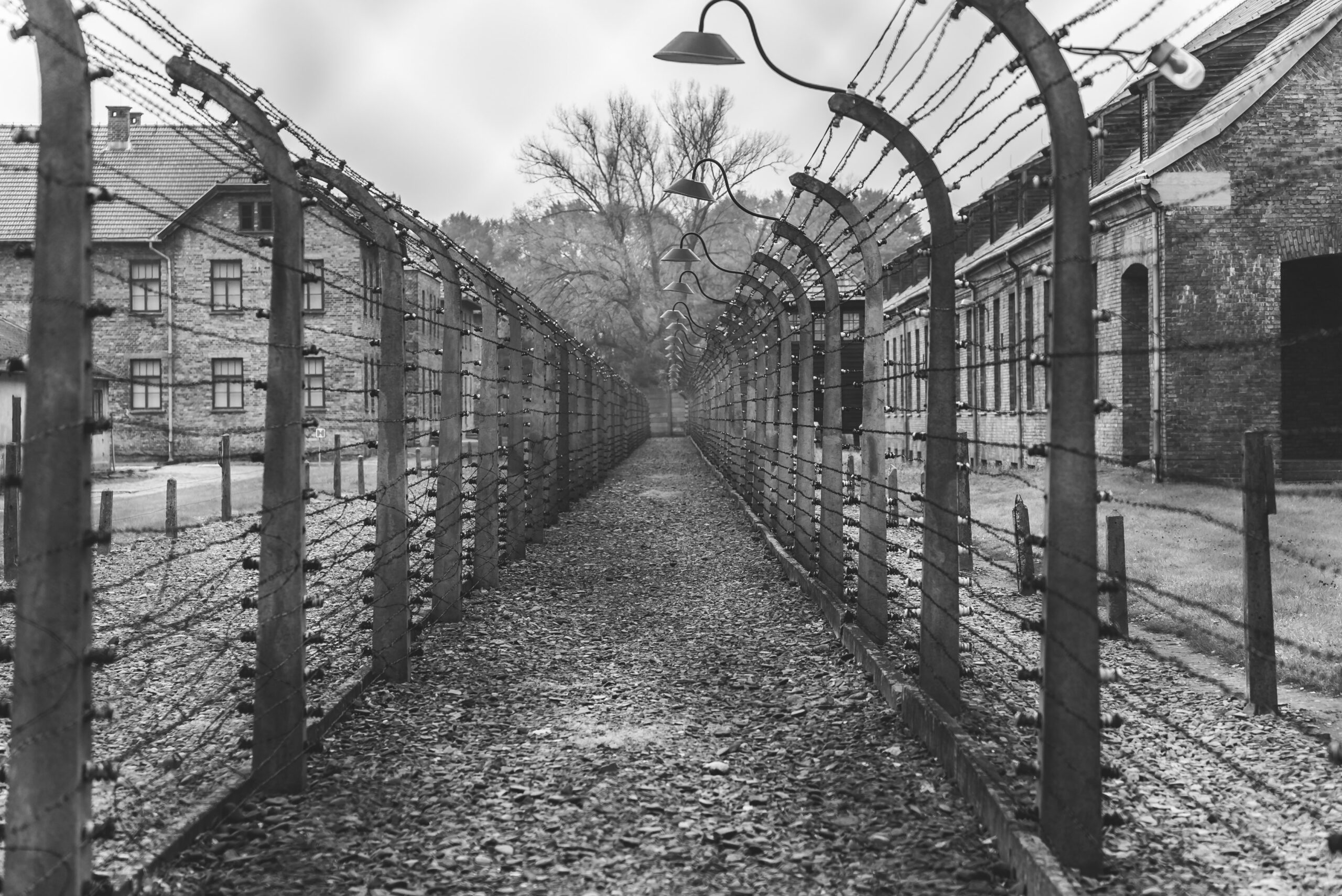Installing a new drainage system:
When clipped onto an existing pipe, the coupler does not affect the operation of the line in any way. There are gullies and other fittings for collecting surface water and funneling it into the Drainage System in the Fittings section. Afterward, on the following page, we’ll look at maintenance holes inspection chambers connected to an existing system and how these fixtures and fittings are installed.

There are four solutions available for connecting new drainage to an existing drainage system: directly into an existing pipeline by adding a new branch junction or access chamber To connect to an existing sewer system, installing a saddle over the current system is necessary. via an existing inspection chamber or maintenance hole. new inspection chamber or maintenance hole.
Connecting to foul or mixed systems:
For the remainder of this page, it is believed that gullies, rainwater gathering systems, and other surface water fixtures will be connected to the water distribution network shortly after being constructed. Because of various reasons, may connect some surface water fittings to a mixed or foul system.
When this happens, MUST seal the sewage connection to keep sewer gases and odors from escaping. The term “trap” refers to a simple but effective barrier to releasing gases from an underground Drainage System as defined by this description.
There are also gullies with traps built-in for the most basic traps, such as a P-trap or an S-trap constructed fitting. It makes no difference what kind of trap is set; the important thing is a trap at all. Various situations necessitate a variety of approaches. One correct solution does not fit all. As long as there is a trap, this is the best solution.
Junctions between branches:
New drainage spurs can be connected quickly and cheaply to an existing Drainage system using branch junctions. On the other hand, these devices do not allow access to the system for cleaning or maintenance. It is therefore only appropriate for use with access fittings or spurs that terminate in a rodding eye. Consider using an access chamber, such as the one shown in the illustration below, for spurs that must reach through the junction.

Enter the Chambers:
By incorporating rising elements into the design, these access fittings are perfect for establishing single connections up to a depth of 600mm. It costs about £40 and is usually made of lightweight aluminum. Should level them on a 100mm thick concrete bed before backfilling.
However, they don’t typically need a concrete haunch. A variety of angles are available for the side inlets, making them suitable for many applications. A typical diameter and depth range are 300-450mm, with raising parts typically ranging in depth from 225mm to 450mm. Drainage System
Installation:
‘Inserting’ access chambers and branch junctions into an existing Drainage System can be accomplished with the help of sliding or adjustable couplings. In a sliding coupling, the central register is absent. When clipped onto an existing pipe, the coupler does not affect the operation of the line in any way.
Instead of relying on a central register to keep the coupling in the correct position when connecting pipes, this type of coupling uses a sleeve. Each end of the coupling has a gigantic ‘Jubilee Clip’ that may tighten the adjustable collars. C can use them to link two distinct types of pipes difficulty or impossibly using other methods.

The installation of an access chamber is depicted in an animation, which can be viewed in the video player below. It is possible to install a branch junction using the same procedure as before, similar to the previous Drainage System. As long as the pipe is well-greased using pipe lubricant, the couplings will move smoothly.
Saddles:
To attach a saddle to an existing pipe, a round or elliptical hole must be drilled into the line. As stated above, it is preferable to remove a pipe segment and replace it with a branch junction or access chamber rather than take out an entire section of pipe.

